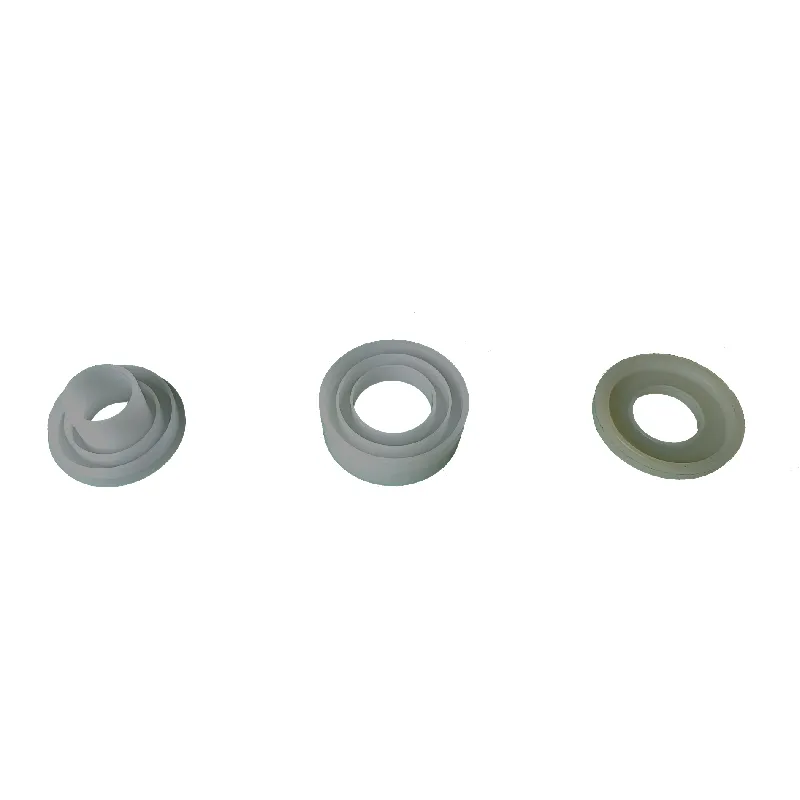 Afrikaans
Afrikaans  Albanian
Albanian  Amharic
Amharic  Arabic
Arabic  Armenian
Armenian  Azerbaijani
Azerbaijani  Basque
Basque  Belarusian
Belarusian  Bengali
Bengali  Bosnian
Bosnian  Bulgarian
Bulgarian  Catalan
Catalan  Cebuano
Cebuano  Corsican
Corsican  Croatian
Croatian  Czech
Czech  Danish
Danish  Dutch
Dutch  English
English  Esperanto
Esperanto  Estonian
Estonian  Finnish
Finnish  French
French  Frisian
Frisian  Galician
Galician  Georgian
Georgian  German
German  Greek
Greek  Gujarati
Gujarati  Haitian Creole
Haitian Creole  hausa
hausa  hawaiian
hawaiian  Hebrew
Hebrew  Hindi
Hindi  Miao
Miao  Hungarian
Hungarian  Icelandic
Icelandic  igbo
igbo  Indonesian
Indonesian  irish
irish  Italian
Italian  Japanese
Japanese  Javanese
Javanese  Kannada
Kannada  kazakh
kazakh  Khmer
Khmer  Rwandese
Rwandese  Korean
Korean  Kurdish
Kurdish  Kyrgyz
Kyrgyz  Lao
Lao  Latin
Latin  Latvian
Latvian  Lithuanian
Lithuanian  Luxembourgish
Luxembourgish  Macedonian
Macedonian  Malgashi
Malgashi  Malay
Malay  Malayalam
Malayalam  Maltese
Maltese  Maori
Maori  Marathi
Marathi  Mongolian
Mongolian  Myanmar
Myanmar  Nepali
Nepali  Norwegian
Norwegian  Norwegian
Norwegian  Occitan
Occitan  Pashto
Pashto  Persian
Persian  Polish
Polish  Portuguese
Portuguese  Punjabi
Punjabi  Romanian
Romanian  Russian
Russian  Samoan
Samoan  Scottish Gaelic
Scottish Gaelic  Serbian
Serbian  Sesotho
Sesotho  Shona
Shona  Sindhi
Sindhi  Sinhala
Sinhala  Slovak
Slovak  Slovenian
Slovenian  Somali
Somali  Spanish
Spanish  Sundanese
Sundanese  Swahili
Swahili  Swedish
Swedish  Tagalog
Tagalog  Tajik
Tajik  Tamil
Tamil  Tatar
Tatar  Telugu
Telugu  Thai
Thai  Turkish
Turkish  Turkmen
Turkmen  Ukrainian
Ukrainian  Urdu
Urdu  Uighur
Uighur  Uzbek
Uzbek  Vietnamese
Vietnamese  Welsh
Welsh  Bantu
Bantu  Yiddish
Yiddish  Yoruba
Yoruba  Zulu
Zulu Enhancing Drum Pulley Performance with Effective Lagging Techniques and Materials
Understanding Drum Pulley Lagging Importance, Types, and Applications
In the world of conveyor systems and material handling, drum pulleys play a crucial role in the operational efficiency and reliability of these systems. Drum pulley lagging, the process of applying a wearing surface to the drum pulley, is a significant aspect of this component, ensuring optimal performance and longevity. This article explores the importance of drum pulley lagging, the types available, and its applications in various industries.
Importance of Drum Pulley Lagging
The primary purpose of lagging drum pulleys is to enhance grip and traction between the pulley and the conveyor belt. This improved friction is vital for several reasons
1. Prevention of Slippage Without proper lagging, the conveyor belt may slip on the pulley, causing inefficiencies and potential system failures. Slippage can lead to increased wear on the belt, result in misalignment, and may even require costly repairs.
2. Extended Lifespan of Components By protecting the drum surface from wear and abrasion caused by the conveyor belt, lagging helps extend the life of both the pulley and the belt. This not only minimizes maintenance costs but also reduces the downtime associated with repair or replacement.
3. Improved Material Handling A well-lagged pulley can enhance the overall effectiveness of material handling systems. This is particularly essential in industries such as mining, agriculture, and manufacturing, where bulk materials are transported over long distances.
4. Noise Reduction Proper lagging can also help to deaden the noise generated during operation. This can improve the working environment, making it more pleasant for employees.
Types of Drum Pulley Lagging
Lagging materials come in various forms, each offering unique benefits
1. Rubber Lagging This is the most commonly used type of lagging. Rubber provides excellent grip and is highly resistant to wear and tear. It can be applied in different thicknesses depending on the application's requirements. Rubber lagging is particularly effective in reducing slippage and is suitable for various conditions, including wet or oily environments.
drum pulley lagging

2. Ceramic Lagging Suitable for applications where extreme wear is a concern, ceramic lagging incorporates ceramic tiles into the rubber matrix. This combination provides superior abrasion resistance, making it ideal for high-impact and heavy-load situations.
3. Polyurethane Lagging Known for its flexibility and durability, polyurethane lagging offers excellent resistance to wear and is suitable for high-temperature applications. It also provides good noise reduction and vibration dampening properties.
4. Metal Lagging In specific high-load applications or environments where extreme conditions prevail, metal lagging can be used. While it is less common due to the potential for increased weight and cost, it provides unmatched durability.
Applications of Drum Pulley Lagging
Drum pulley lagging is utilized across various industries
1. Mining In the mining sector, where heavy materials are transported, lagging provides the necessary grip to handle steep gradients and heavy loads. It significantly reduces maintenance costs and downtime.
2. Manufacturing and Warehousing In manufacturing plants and warehouses, where conveyor systems are instrumental in moving products, effective lagging ensures smooth operations and reduces the risk of slippage.
3. Agriculture In agricultural applications, lagged pulleys help transport grains and other bulk materials efficiently, minimizing spoilage and loss.
4. Power Generation Power plants utilize conveyor systems for coal and ash handling where lagging helps improve reliability and efficiency.
Conclusion
In conclusion, drum pulley lagging is an essential component in the design and maintenance of conveyor systems. By providing enhanced grip, reducing wear, and ensuring efficient material handling, it plays a pivotal role in various industries. Understanding the types of lagging available and their specific applications can aid businesses in selecting the right options for their unique needs, ultimately leading to improved operational efficiency and reduced maintenance costs. As industries continue to strive for efficiency and effectiveness, the importance of drum pulley lagging will remain a critical focus in material handling solutions.
-
Revolutionizing Conveyor Reliability with Advanced Rubber Lagging PulleysNewsJul.22,2025
-
Powering Precision and Durability with Expert Manufacturers of Conveyor ComponentsNewsJul.22,2025
-
Optimizing Conveyor Systems with Advanced Conveyor AccessoriesNewsJul.22,2025
-
Maximize Conveyor Efficiency with Quality Conveyor Idler PulleysNewsJul.22,2025
-
Future-Proof Your Conveyor System with High-Performance Polyurethane RollerNewsJul.22,2025
-
Driving Efficiency Forward with Quality Idlers and RollersNewsJul.22,2025





























